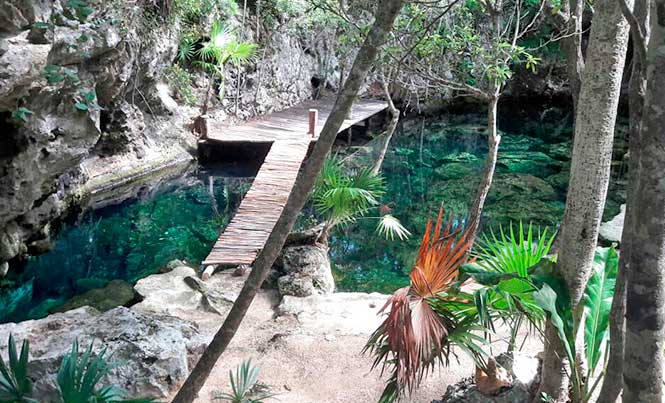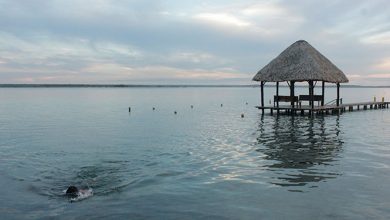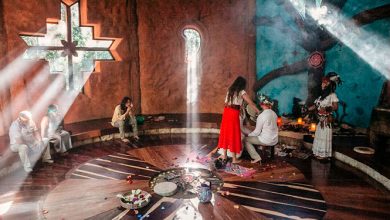The Hidden Mysteries of Cenotes

More than just a place to cool off on a hot day, cenotes hold the key to the environmental and cultural history of the region
Cenotes are more than just a tourist attraction in Mexico. These places, considered sacred by the Maya, also hide some archaeological and anthropological data of great importance that you probably did not know about. Here are three examples:
- Fossil vestiges
In the interior of the cenotes, millions of fossilized corals and marine animals have been found, such as prehistoric sharks, whales and even elephants and other prehistoric mammals more than 10,000 years old. The animals that are the easiest to admire without specialized equipment are those who have shells, because when they die, they tend to accumulate and degrade until compacted densely, forming what is known as a calcareous rock.
- Human sacrifices
Thanks to Maya documents and colonial chronicles from the Spanish conquerors, we know that the Mayas performed human sacrificial rituals in the cenotes and these were mainly related to the cycle of rain, the harvest and the god, Xilbabá. Expert divers are still finding human skeletons inside the cenotes, and anthropological studies have determined that the majority of the bones belong to little boys and adolescents whose hearts had been extracted first.
- Women in the cenotes
Women were not allowed access to the cenotes; the only ones who entered were the priests to extract their waters, which were considered miraculous. The only way a woman could enter was to perform a strange ritual. They were pushed from a great height into the cenote. If they survived and asked for help it was a good omen from the gods, if they were unconscious or drowned it meant that the gods were angry with the rulers.
The paradox of all this is that according to INAH (National Institute of Anthropology and History in Mexico), the oldest skeleton in America, which was more than 12 thousand years old, was found in the cenote Hoyo Negro, located in Tulum, and belongs to a woman from Siberia!
I leave you with one more fact … the word ‘cenote’ comes from the Maya word Dzonoot which means ‘cavern with water’, a somewhat brief definition after hearing all the history that a cenote can contain, don´t you think?







